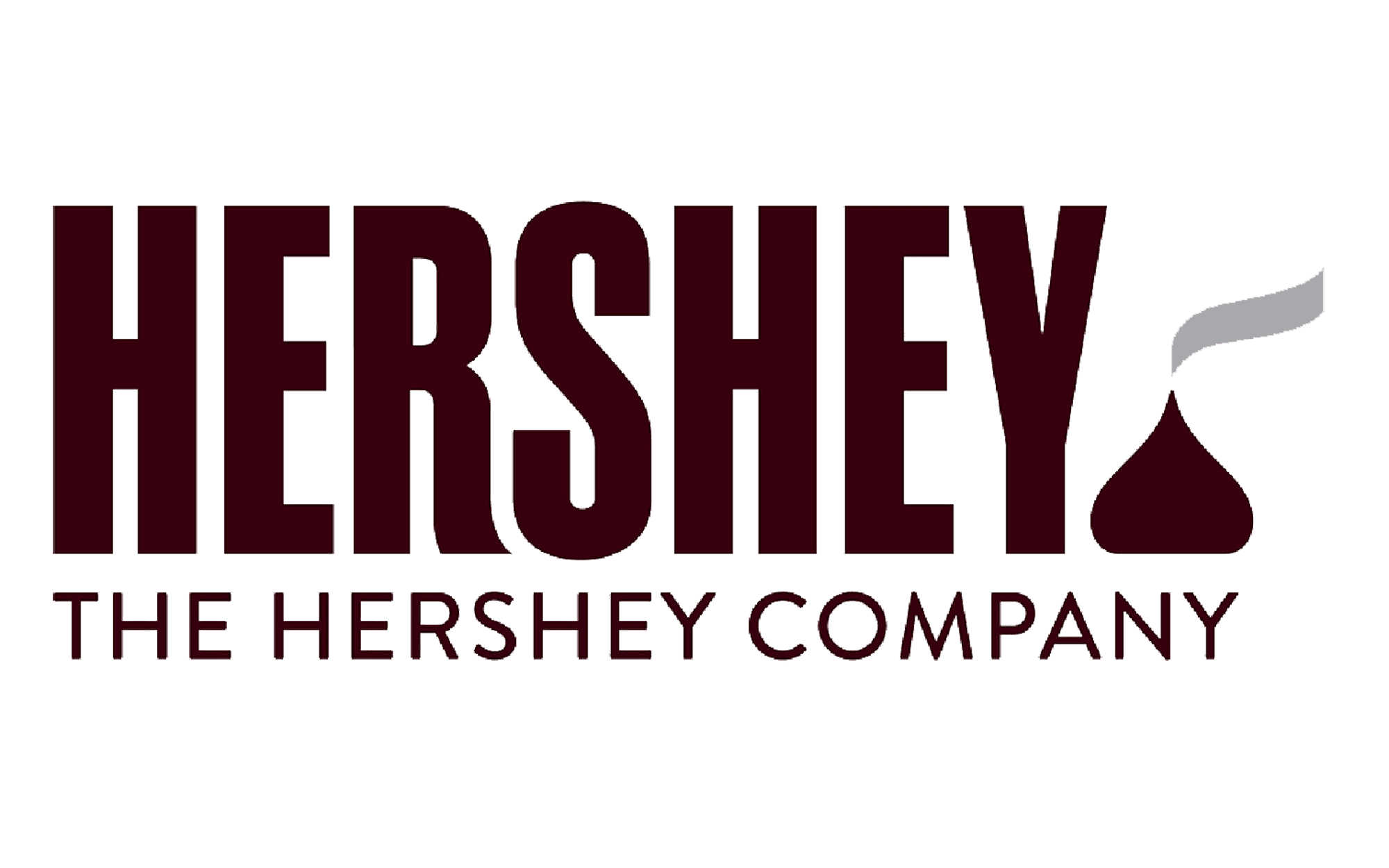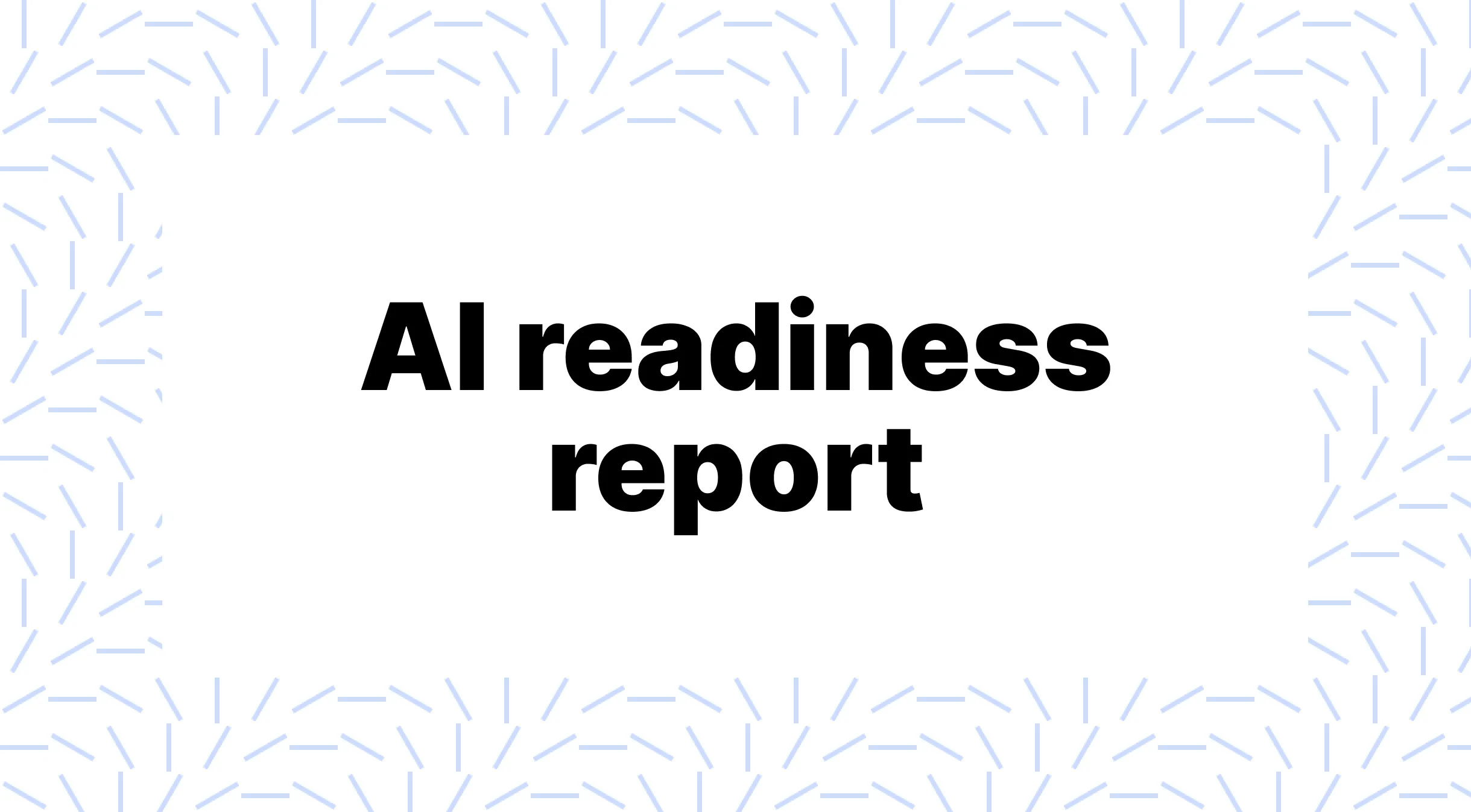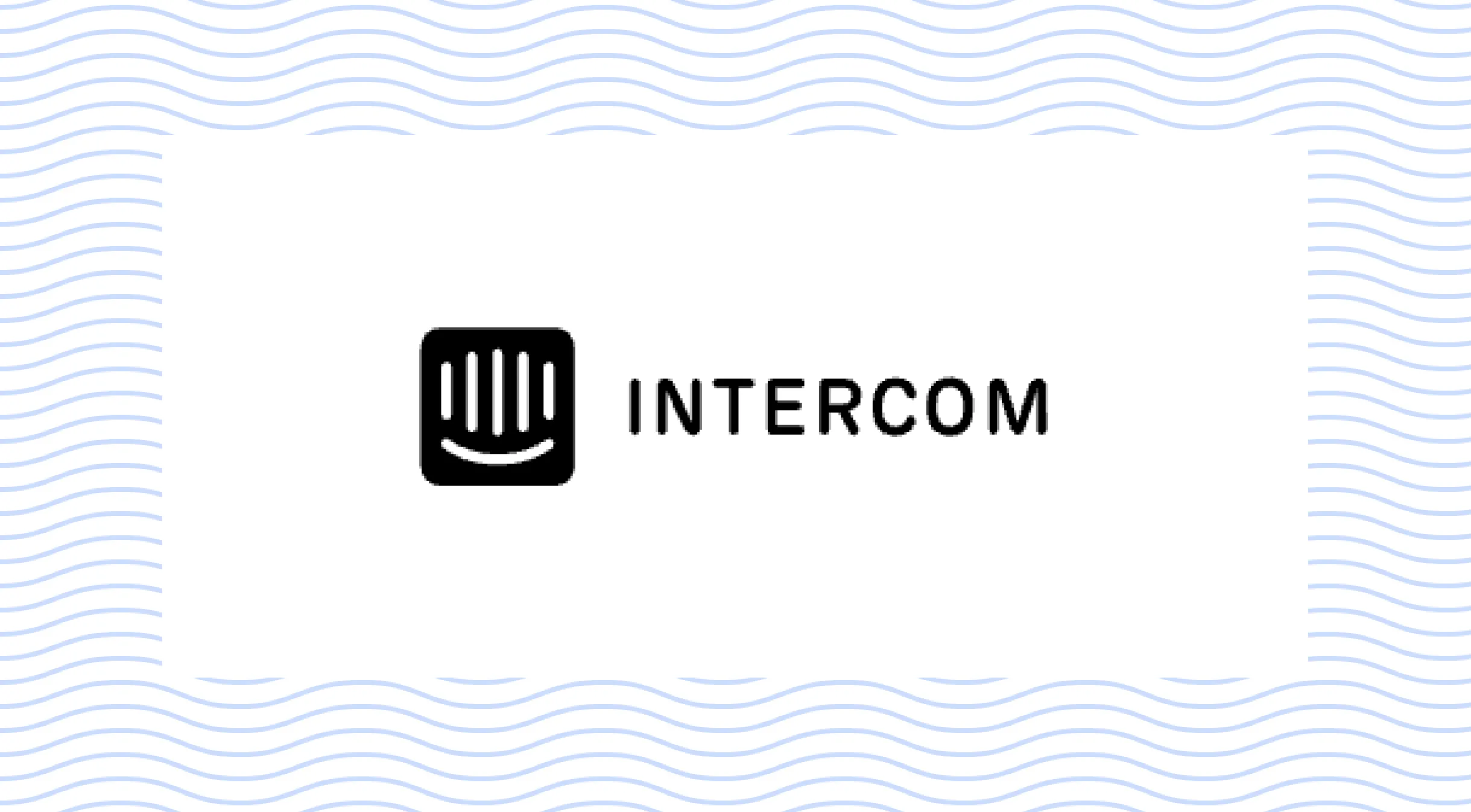How do companies use AI in customer onboarding?
Getting a user to sign up for your product is one thing. Getting them to use it is another.
Customer onboarding is something we’ve all experienced. So is poor onboarding.
Have you ever signed up for something and then never used it? Me too.
How is AI changing (and improving) onboarding experiences?
Zapier - an automation platform.
Zapier’s onboarding starts with signup, job role, team size, and app selection, then prompts you to create a zap (an automated workflow).
Before:

After (with AI):

When you sign up for Zapier, you want to automate something. But choosing from dropdown options puts the work on you to figure out what thing needs to go to what other thing.
Their new flow lets you type in natural language and creates the Zap for you. It’s a huge improvement. An example is provided below to generate more ideas.
The takeaway: Eliminate friction. The before feels like YOU are having to do the brain work. The after feels like Zapier is doing the work FOR you. Getting a new user to create their first Zap is extremely important to get them to stick around.
Note: You can still create the zap yourself if you prefer.
Here’s what Wade (the CEO of Zapier) had to say:
So now instead of having to go through and set up a zap you know step by step you actually can just chat with zapier and say hey here's what I'd like to automate or I don't know what to automate but I'm a podcaster who likes to tell jokes like what kind of things should I automate and it'll be like ah here's some ideas for podcasters and then you can go oh actually I would like to do that maybe can you set that zap up for me and it will attempt to set up that zap and um it does a reasonably good job the conversion rates are actually better than the old manual configuration route out.
from this interview
Fillout - an AI-powered form builder
Fillout implemented a Zapier-like flow, allowing users to describe their form using an input field.
It failed. Almost everyone churned from this onboarding.

The blank canvas problem is real. Adding an AI-powered blank canvas isn’t much better—perhaps worse. People typing ‘Order form’ would be underwhelmed with the results.
AI didn’t help users after form creation, leaving them hanging.
Like using a template and not knowing where to start tweaking it.
Now Fillout gives AI help within the form editor itself. On-demand when you need it. It helps you use the product to build a better form.

From Dominic (Founder of Fillout)
this new approach has proven significantly more useful.
from this blog post
He told me: “we found that people who use the in-app AI are 2.1 times more likely to build an active form vs those who don’t”
The takeaway: Users often want hand-holding. If you have a product that is a ‘builder’ of something, then AI building the thing for you may not be helpful. What are the odds it will create the perfect survey from a prompt? The Zapier example is clearer; you need to link one element to another using specific fields. Automating an entire lead scoring and follow-up email sequence from a prompt is unlikely.
Formless.ai by Typeform - an AI-powered form builder
Typeform initially offers several templates (or start from scratch). The form editor is then fully populated for you.

This is somewhat between what Fillout tried and then ended up with. Doing a bunch of the hard work for you (blank canvas problem). Then drops you into the editor which feels very easy to tweak.
You’re not bombarded with countless question types. And as it’s a specific template, it’s 80% complete for that particular use case.
Quuu - a social media scheduling tool
Quuu implemented an AI assistant to address a common drop-off point in apps requiring integrations, helping users connect their accounts.
A chat interface may have its challenges for drop-off, but it lightens the user’s workload. You aren’t overwhelmed by a dashboard, struggling to determine your next step.
The takeaway: Get your users to the magic moment quickly. Facebook discovered that connecting to 7 friends within 10 days made you more likely to stick around. If integrating two pages or apps in your product makes users stay longer, you have to reduce as much friction there. For Fillout it’s making your first form; for Zapier, your first Zap.
Preceden - a visual timeline creator
Preceden has a ‘try-before-you-buy’ approach using AI. They let you try the product without signing up.
You enter what you want, e.g., a two-week Venice trip, and it will display a visual timeline.

It shows you the value of the product in seconds. You don’t have to read a bunch of features or sales copy.
Codecademy - learn-to-code platform, launched with Code Year. It attracted 450k users in its first year by throwing users straight into a code editor to type their first line of code and save it as their ‘first day learning to code’ by signing up (and sharing on social). Source
The takeaway: Show, don’t tell. The more the user needs to read about your product, the higher the risk of drop-off. AI is a fantastic way to simulate how many different people would use your product. You often see dedicated pages, images, or videos showing different use cases. But having a user see their specific use case is extremely valuable.
Other great examples include:
Eleven Labs - the AI voice generator.
Choose a language, listen to the voice, and sign up.

Speechify - text-to-speech app.
Click to listen to a voice and sign up.

These could be examples of fantastic landing pages rather than onboarding. But the value proposition is so prominent that you’re already on the path to activation when you reach ‘Sign up’.
You want active users, not tyre kickers. Giving users a preview before signing up will help.
More like this
Start learning today
If you scrolled this far, you must be a little interested...
Start learning ->Join 3,107 professionals already learning

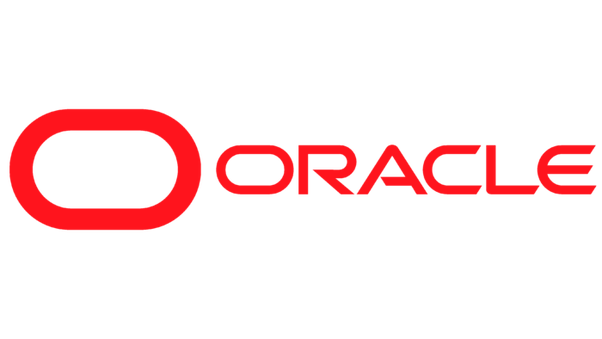
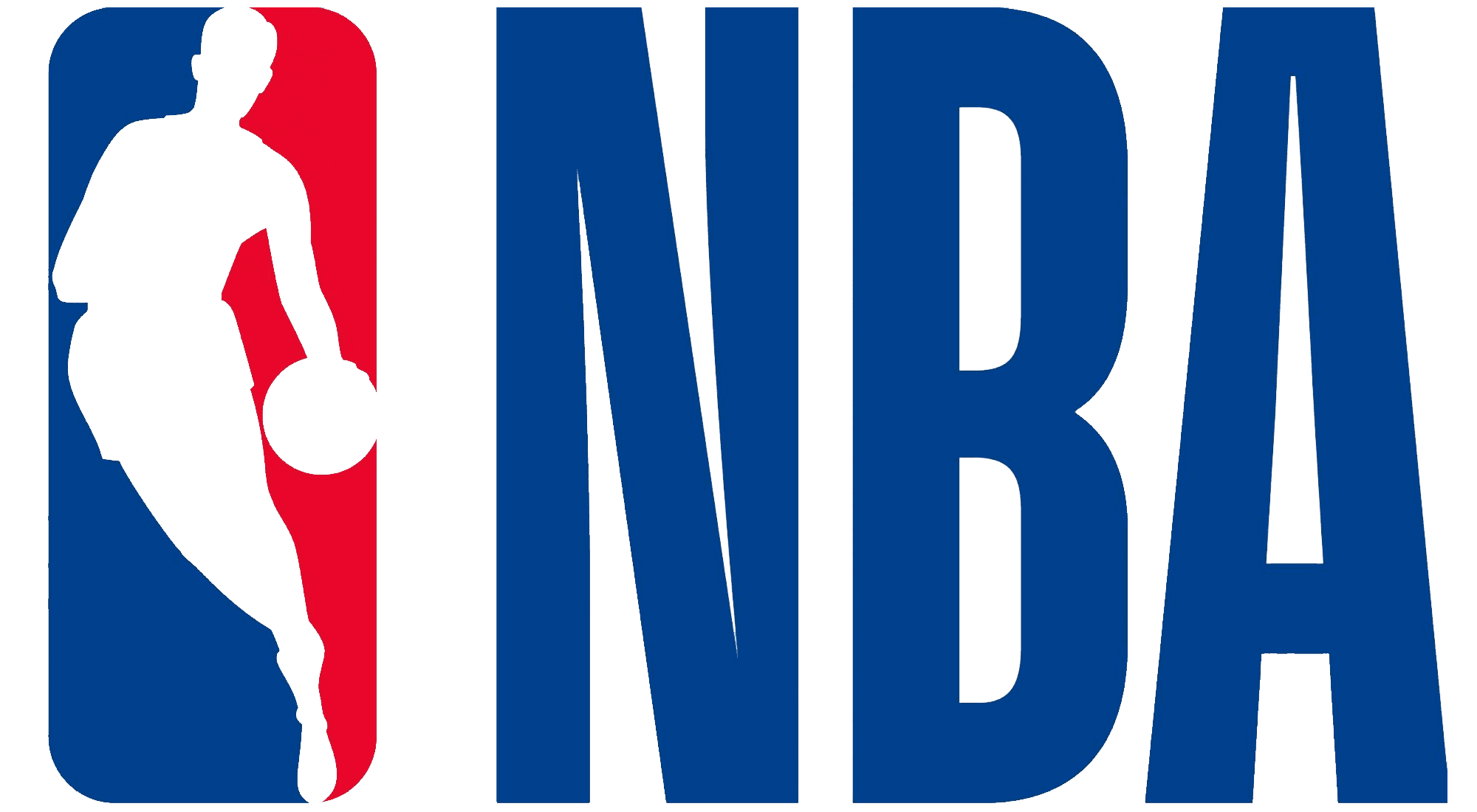







.png)


